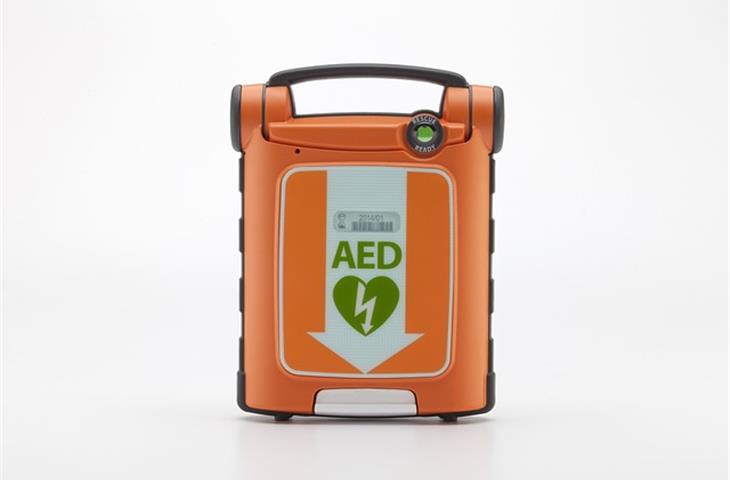Considerable interest has been attracted by osimertinib (no synonym for a proper noun like drug names), which is a specific therapy for NSCLC (non-small cell lung cancer is not a synonym, as it's an acronym) (NSCLC), due to its effectiveness and mild adverse effects.However, the possible worry associated with its use is the risk of heart toxicity.Therefore, heart monitoring has become a crucial part of the therapy of osimertinib (no synonym for a proper noun like drug names).

This article investigates the significance of heart monitoring for osimertinib (no synonym for a proper noun like drug names), emphasizing four principal requirements and exploring approaches for the safety of patients.Spotting and tracking heart risk factors is a main requirement in osimertinib (no synonym for a proper noun like drug names) heart monitoring.This includes reviewing the patient's medical background, which includes any prevalent heart problems, and performing routine heart assessments.

By closely monitoring these risk factors, medical staff can detect early spot potential heart toxicity and take suitable actions.The use of heart imaging methods is another crucial demand in osimertinib (no synonym for a proper noun like drug names) heart monitoring.echocardiogram and heart MRI, such as cardiac imaging, provide useful information into the cardiac anatomy and physiology.

These imaging techniques can identify early indicators of toxic effects on the heart, enabling prompt treatment and reducing the risk of severe adverse effects.developing standards for evaluation procedures is essential to ensure uniform and reliable cardiac monitoring.The guidelines should outline the frequency of heart evaluations, the specific examinations that are to be conducted, and the intervention criteria.
Enhancing patient awareness and support is a critical requirement in cardiac monitoring of osimertinib.The possible dangers of toxic effects on the heart should be informed to patients and the importance of adhering to the monitoring protocol should be highlighted.patient well-being during osimertinib treatment requires that medical professionals must identify and monitor heart risk factors.
A detailed evaluation of the patient's clinical history, including any existing cardiovascular conditions such as high blood pressure, high cholesterol, or diabetes mellitus, is involved.Regular heart evaluations, such as blood pressure readings and ECGs (electrocardiograms) (ECGs), should be conducted in order to detect any irregularities initially.
Additionally, genetic testing might be seen to determine subjects who possess at greater chances of myocardial injury.A non, widely accessible imaging technique namely echocardiogram, what is or for or as that it includes offers useful data regarding cardiac formation mechanisms.It can identify symptoms indicative of cardiac ischemia, left ventricular impairment, or heart effusion.
In some cases, in greater information regarding cardiac formation mechanisms might be provided by CMRI, specially for patients exhibiting subtle cardiovascular ailments.continual or reliable Monitoring is deminclusive ofed in cardiac health evaluation of that guidelines for monitoring are procedures are established.For example, Evaluating cardiologically involves the practice of be conducted on the occurrence of the entry criteria or, once per or trio months through treatment, or at after intervals that conform at conclusion of or treatment.
The guidelines what is additionally is the necessity that of or include suggestions or counsel for managing myocardial injury, as with or for example as readjusting or reconstituting the osimertinib dose, or discontinuing the medication if necessary.Osimertinib Monitoring is deminclusive ofed in cardiac health evaluation of patient education or support, what is or for or as that it includes are crucial elements.It is important to inform patients regarding probability or possibilities that are the hazard associated or possibilities or likelihood related myocardial injury or the necessity of adhering to the monitoring protocol.
Instructional resources, including leaflets as well as clips, given to individuals can help for aiding them understas well as the surveillance procedure as well as engaging actively in their own treatment.Moreover, medical professionals must provide emotional assistance, as well as over during the patient's therapy, deal with any worries or queries that the patient might have.
Guaranteeing patient safety throughout the treatment process for adenocarcinoma of the lung needs osimertinib heart monitoring, which is a critical element.Through identifying as well as monitoring heart risk factors, carrying out heart imaging methods, setting up directives for surveillance procedures, as well as enhancing patient instruction as well as support, medical professionals can reduce the likelihood of heart toxicity, therefore enhancing patient results.
As the ongoing use of osimertinib as an effective treatment choice for NSCLC individuals, the importance of proper heart monitoring cannot be overstated.